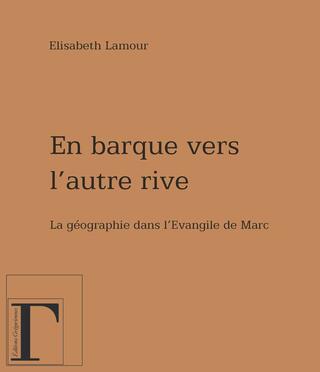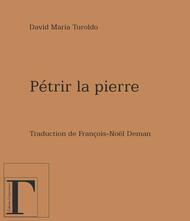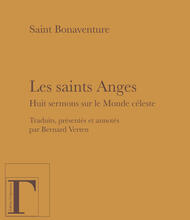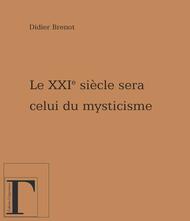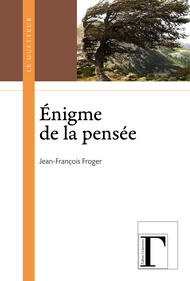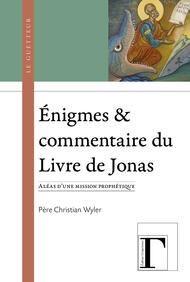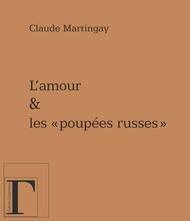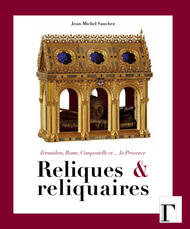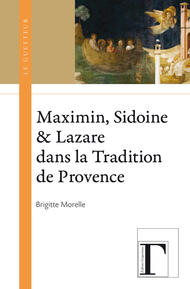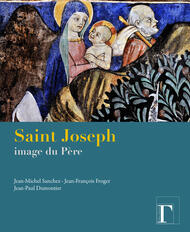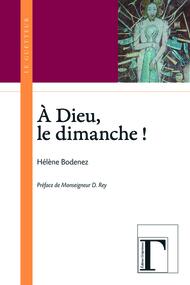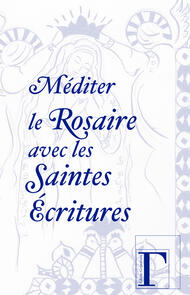En el Evangelio de Marcos, Jesús se desplaza constantemente por los caminos o en barca. Pasa de una ciudad a otra, cambia de región, cruza a la otra orilla. Cada lectura de ese Evangelio nos evoca algo, como si fuera el mensaje de una lengua universal.
In the Gospel according to Mark, Jesus is constantly travelling, by foot or by bark, leaving one city or region for another, or crossing one bank to get to the other
In reading or rereading this Gospel, something within us resonates that somehow seems universal.
Various geographical realities intersect, giving structure to the text and words, weaving a fabric that touches us more profoundly than we could possibly imagine. The language and its symbols flow through us, moving us, reaching our inner most being and bringing it life substance.
Crossing to the other Bank is the result of an assiduous reading and is, at the same time, a reflection on the symbolic meaning of the words as well as a stroll through this Gospel, guided by the author's enthusiasm for both geography and travel.
Elizabeth Lamour studied geography, history, sociology, drawing, iconography and orthodox theology. After having taught geography and done some landscape drafting, she is presently working for the Saint-Jean Damascène Studio in the Drôme, as an iconographer, and in Meylan-Grenoble at the Theology Center : drawing on two of her passions: landscapes and faces.
Landscapes of her travels, and swarms of faces: on icons, of children, in photos, or of real life models: the same emotion always emerges; the beholder is taken by the beauty of the world and of the faces that incite him forward in his travels.
En el Evangelio de Marcos, Jesús se desplaza constantemente por los caminos o en barca. Pasa de una ciudad a otra, cambia de región, cruza a la otra orilla. Cada lectura de ese Evangelio nos evoca algo, como si fuera el mensaje de una lengua universal.
